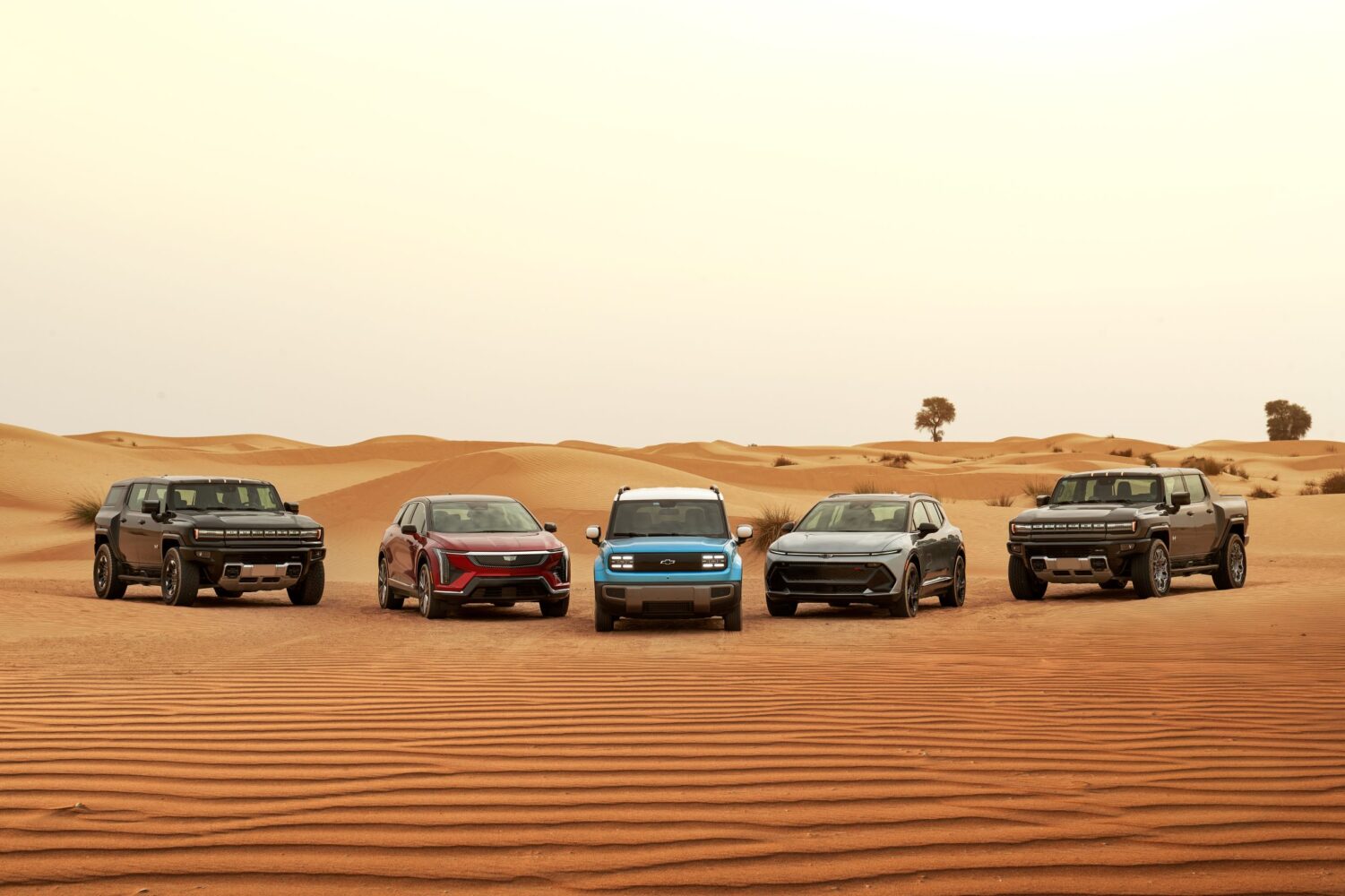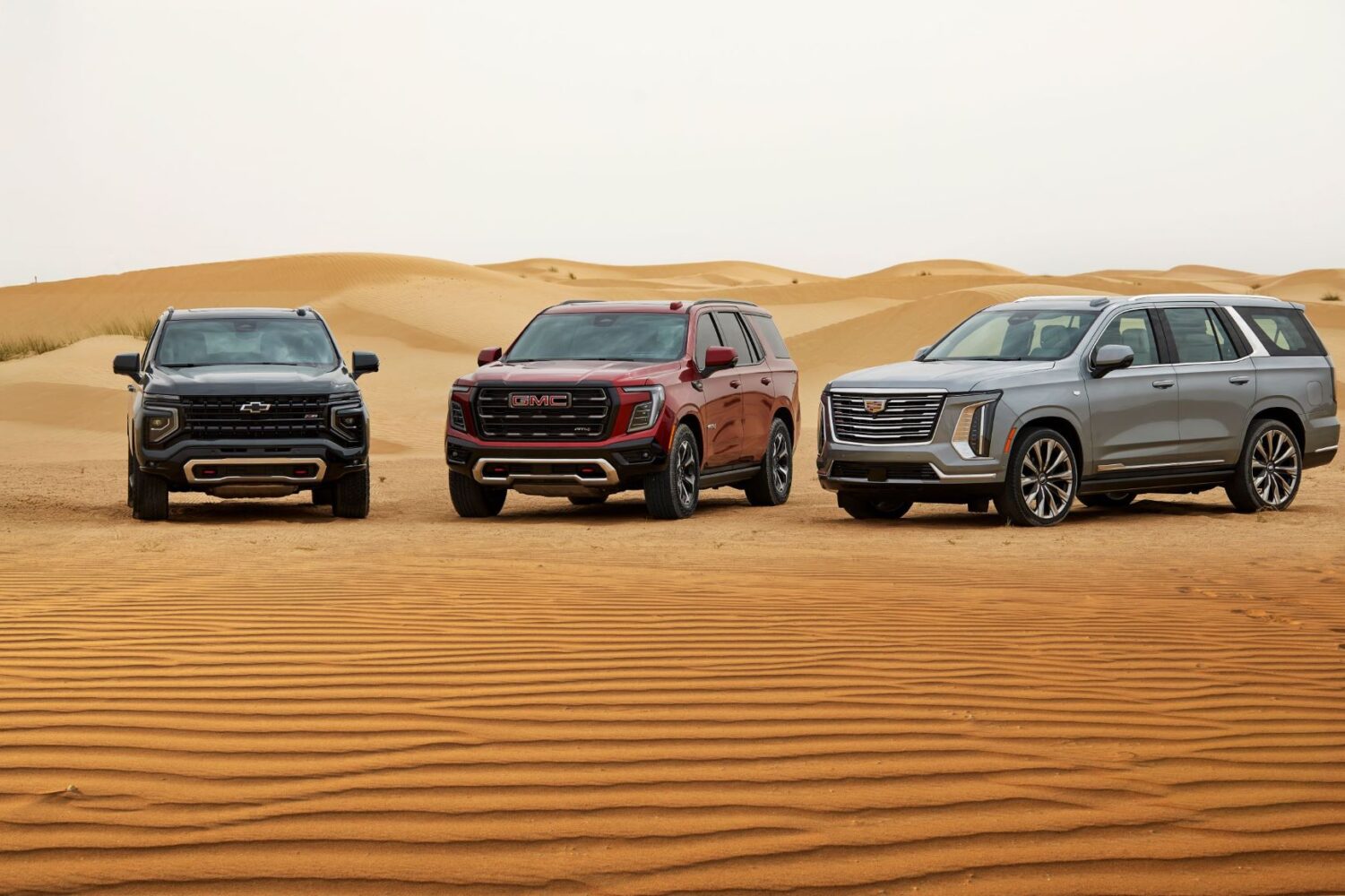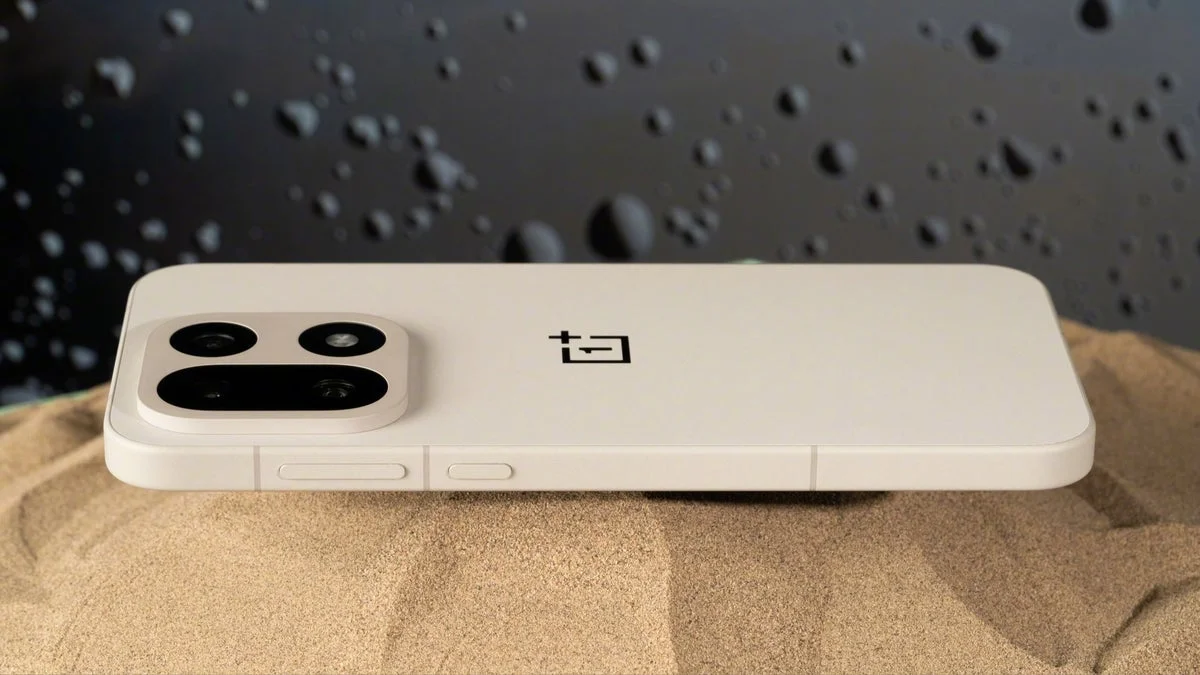General Motors is stepping up its regional transformation strategy with a dual focus on electrification and hands-free driving technology. In 2025, GM Middle East will bring what it calls the industry’s broadest range of electric vehicles to the region, while introducing Super Cruise—an advanced driver assistance system that allows for true hands-free driving on compatible highways. The system will be available across many of GM’s upcoming electric and internal combustion engine (ICE) vehicles, including models from Chevrolet, GMC, and Cadillac.
Super Cruise marks a notable shift in how driving assistance systems are deployed in the region. Unlike typical adaptive cruise or lane-keeping technologies, Super Cruise is designed to offer hands-free functionality, even supporting hands-free trailering—a particularly relevant feature for drivers in the Gulf. To make this work safely, GM is relying on high-definition LiDAR mapping, radar, GPS, and a network of sensors. The company has already completed mapping for roads in Kuwait, Bahrain, and Oman, laying the groundwork for a 2026 launch.

Rather than betting entirely on electrification, GM is keeping its portfolio diverse, recognizing that adoption of electric vehicles varies across markets. Its strategy includes offering both battery-powered and gas-powered vehicles tailored to regional preferences. New EVs set to debut in the Middle East include the Chevrolet Spark EUV, the Chevrolet Equinox EV, and several Cadillac models such as the OPTIQ, LYRIQ, VISTIQ, and ESCALADE IQ. Entry-level EV options will aim to drive broader accessibility, while luxury models will cater to a different tier of customer expectations.
Many of these vehicles will come equipped with intelligent home charging units and connected mobile apps that allow for real-time energy management. These tools include the ability to set charge levels, pause charging remotely, and locate charging stations with greater precision. The integration of OnStar across these models will also enable remote diagnostics, navigation assistance, and enhanced safety features tied directly into Super Cruise.
GM’s leadership emphasizes that software and connectivity are at the heart of its shift toward a more autonomous future. The company is investing not only in vehicle technology but also in public education and regional partnerships. Its new #ZeroLimits campaign aims to engage communities around the idea of smarter, safer, and more accessible mobility, offering a platform for dialogue around the future of transportation in the Middle East.
In parallel, GM is working with regional governments and regulators to help shape policies around EV infrastructure, charging solutions, and smart mobility. The company sees this as essential to accelerating EV adoption and enabling the seamless operation of systems like Super Cruise. While the timeline for full autonomy remains undefined, GM’s immediate goals include reducing road accidents and congestion through improved vehicle intelligence and better connectivity.
By combining an expanded EV lineup with cutting-edge ADAS technology, GM is signaling a more flexible and adaptive approach to mobility in the region—one that bridges the present with the emerging possibilities of autonomous driving.







